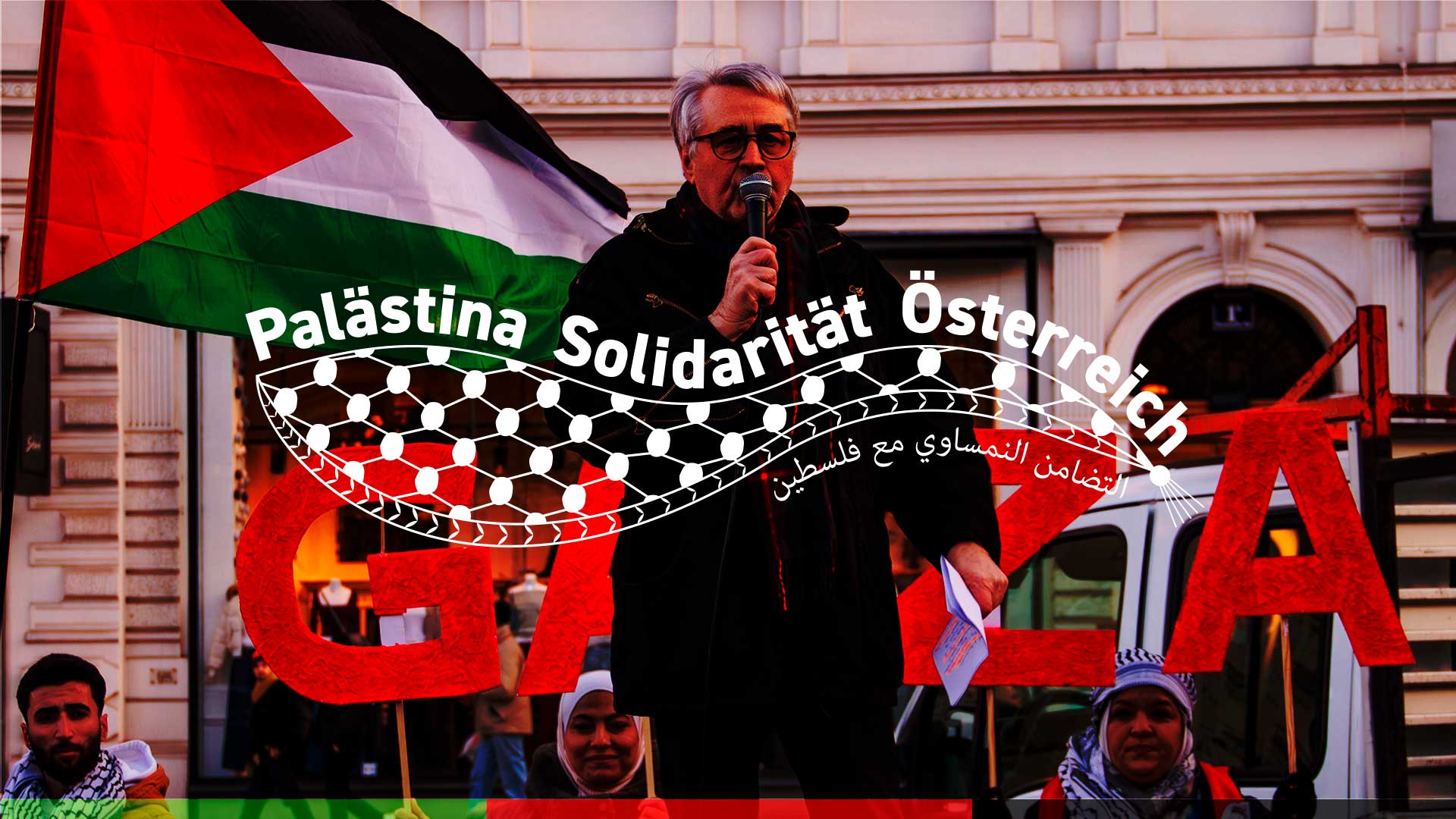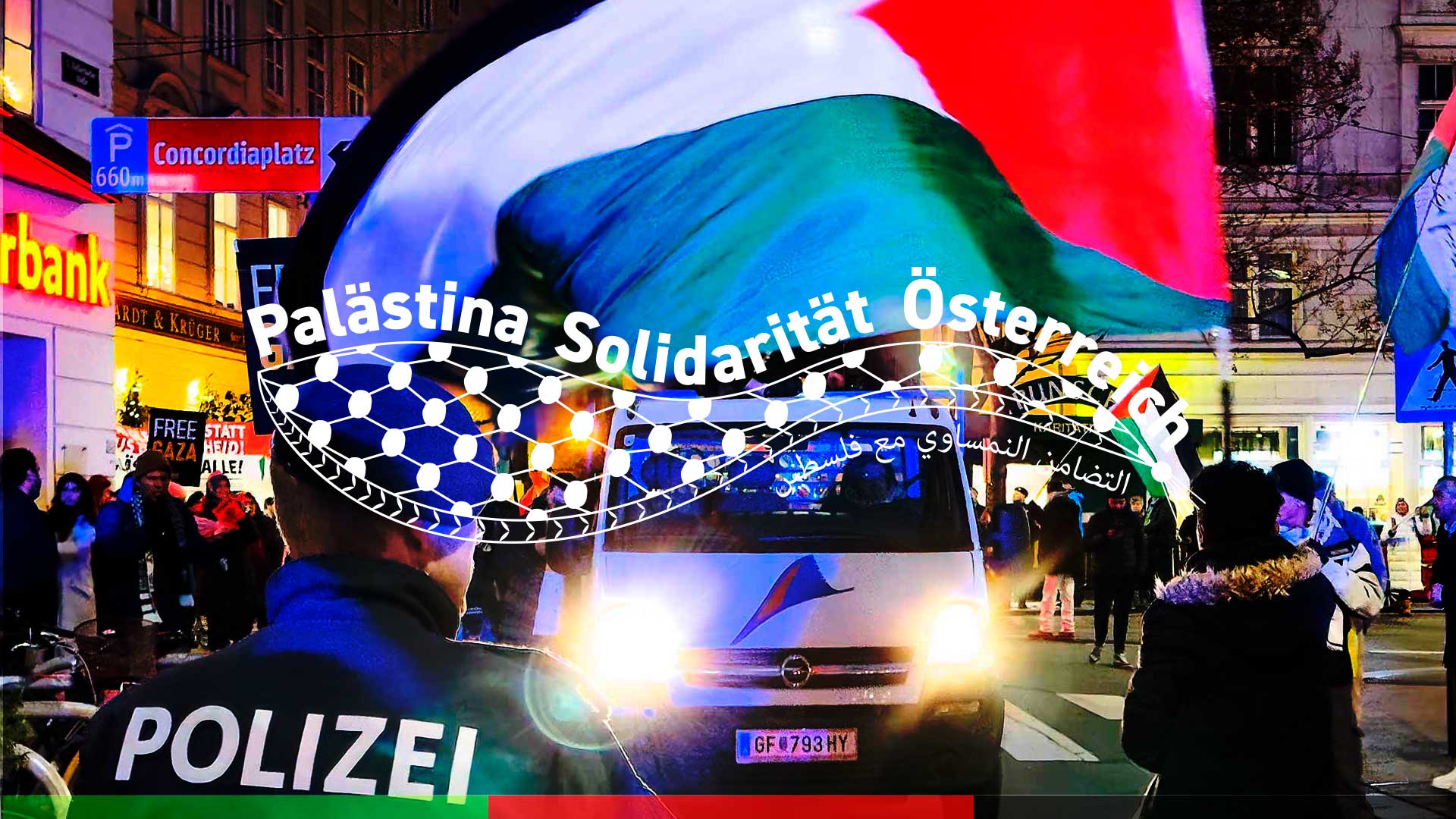The Viva Palestina U.S. convoy faced one obstacle after another, but ultimately succeeded in breaking the blockade and entering Gaza with vital aid for the besieged Palestian population.
The Egyptian government has closely collaborated with Israel’s suffocating and criminal blockade for more than two years, and set up a broad range of administrative obstacles that delayed our group’s entry into Gaza.
Our delegation was required to obtain “Gaza affidavits” notarized by U.S. Embassy officials before we were allowed to pass. The affidavits are essentially indemnity agreements asserting that the individual has signed away their legal rights to the protection of the U.S. government. Each member was required to have an affidavit, at a cost of $30 each. The U.S. embassy received nearly $6,000 in total in exchange for a legal pledge to essentially do nothing to assist our convoy.
If these burdensome requirements were not sufficient, convoy leaders were told that none of the 47 vehicles purchased at a cost of hundreds of thousands of dollars would be allowed to enter Gaza. The people of Gaza have indicated that new vehicles are desperately needed for hospitals, clinics, childcare centers and other public services. We were told we would be allowed to stay in Gaza for no more than 24 hours. Anyone overstaying that time period would not be permitted to leave until the next general opening of the Rafah crossing; the last such opening happened in June 2007.
New York City Councilmember Charles Barron, who traveled with the convoy, believes the reason behind these new requirements and restrictions is clear. “They don’t want this to be successful because they don’t want any more convoys,” Barron said. “They want to set an example with us. They were hoping that they would discourage [us]. That’s why the delays, that’s why adding on stipulations, because they want us to implode.”
One of the most dramatic moments of the convoy occurred in a private meeting of the Viva Palestina delegation after midnight on July 13. An agent of the Egyptian government was found to be present taking notes. After a tense confrontation, his notes were confiscated and MP Galloway and several members of the convoy escorted him out of the room.
After a lengthy and spirited debate, the group overwhelmingly voted in favor of traveling on to Gaza, despite the outrageous limits imposed by the Egyptian authorities, with whatever assistance we would be allowed to deliver. This amounted to around $150,000 worth of medical aid, including urgently needed medicines, wheelchairs and walkers.
The authorities continued their delaying tactics for another 24 hours, refusing even to answer our repeated phone calls for final negotiations. The Egyptian official in charge of the discussions was said to be “in a meeting” all day.
Finally, at around 1 a.m. on Wednesday, July 15, the Egyptian government gave us permission to enter Gaza with the severely reduced quantity of aid. We assembled at 3 a.m., anxious to press forward. But the reserved busses didn’t arrive—likely yet another obstacle placed in our way by the authorities. Some nine hours later, after numerous calls to multiple bus companies, we secured transportation and finally began the long drive to Rafah.
Breaking the siege
Because we were placed under such onerous restrictions by the Egyptian authorities, I knew I’d need to make the very most of my brief visit. I was fortunate enough to be hosted by the extraordinary Dr. Mona El Farra, a physician and human rights activist who lives in Gaza City. We set off with first light.
As we began our tour, Dr. Mona, as she is affectionately known, stressed some important points. Gaza is one of the most densely populated places on earth. In the 1940s, prior to the establishment of Israel, a U.N. census argued that Gaza was too densely populated to sustain itself and function. At that time, it had 300,000 inhabitants; now, it has grown to 1.5 million, or five times as many. Two thirds of the population are refugees.
For all intents and purposes, Gaza is the world’s largest refugee camp. And in the midst of it lives the Palestinian resistance.
The massacre in December and January was absolutely catastrophic. In fact, as military strategy, the massacre wasn’t even aimed at so-called “militants,” but rather the basic infrastructure of Gaza civil society. First and foremost, they targeted schools, hospitals, ambulances, police stations, power plants, water treatments facilities—the list goes on.
Israel wants to make life unlivable for the Palestinians in Gaza. That has been the goal behind the criminal and ongoing siege of Gaza, aided and abetted by the United States and Egypt. Civilians cowering in the buildings weren’t always deliberately targeted so much as simply ignored.
We visited the outskirts of the main Gaza power plant. The plant had first been attacked three years ago, ostensibly in retaliation for the capture of Israeli soldier Gilad Shalit. Meanwhile, Israel continues to hold thousands of Palestinian prisoners. As a result of the original strike and subsequent attacks, for years the whole of Gaza has had inadequate electricity for basic infrastructure. The spinning of Shalit’s capture into a pretext for these war crimes is but one example of the racist propaganda message that Israeli lives are infinitely more valuable than Palestinian ones.
Spirit of resistance can’t be broken
Before moving on to the worst of the destruction, Dr. Mona took us to several schools with which she works closely. The schools are in beautiful shape and are models of a progressive response to the horrors. Here, children as young as four are encouraged to paint, sing, dance and use other creative forms to express the nightmares they’ve all witnessed, and through this regain confidence and strength.
There’s an overwhelming sense in Gaza that though the people have been through an unimaginable catastrophe, they simply aren’t defeated—not even close. And nowhere is that feeling more powerful than when looking into the sparkling eyes of Palestinian children.
Nothing can quite prepare you for the destruction of the American school. The Israelis didn’t simply hit it; they completely destroyed it. Every wall, every corner was pounded it into rubble, dust and glass. They even set the school buses aflame—hence the urgent Palestinian request for such vehicles.
What possible military justification is there for an attack such as this? As I wandered the grounds of the destroyed campus, a group of children stood and watched me through a fence that reminded me of a cage. What must it do to children who have seen things such as this?
The whole of that part of the refugee camp shows frightening evidence of the violence. Every remaining house—and the Israeli forces destroyed many thousands of them—is riddled with bullet holes and other damage. As tanks rolled into the city, they destroyed everything in their wake, including any crops they encountered.
Dr. Mona then took us to a small cultural facility in the midst of the camp. She described its importance: “It’s essential that we have a sense of our history, our culture, our strongest traditions. We have to maintain a strong, proud identity to continue this long struggle.”
In the main gallery was an absolutely extraordinary series of paintings illustrating the history of the Nakba, or the Catastrophe, the name given by Palestinians to the creation of Israel and the war that followed to expel Palestinians from their homeland. The paintings were harrowing, filled with images of atrocity upon atrocity. They represented a graphic and powerful collective history, and very much underscored Dr. Mona’s words about the importance of the center.
Finally, we stopped at a small encampment of refugees next to the ruins of their former home. Half a dozen children, from toddlers to pre-teens, were playing in the rubble. Several of their family and friends had been butchered by advancing Israeli forces and the children had witnessed it all. As I took out my camera, the children all started mugging. One boy took a special interest in my equipment and I let him film his siblings as well as all of us. He was a natural photographer and I suddenly found myself wondering how much beauty would never be allowed to be created by children forced to grow up in conditions such as these.
As dusk fell on Gaza City, we made our way back to the Rafah crossing and finally back to Cairo.
The U.S., Israeli and Egyptian governments had frustrated much of our efforts start to finish. But we’d broken the siege nonetheless, brought urgently needed aid to our Palestinian brothers and sisters, seen the remarkable Gaza with our own eyes, and met face to face the inspiring Palestinian people. Through our words, many more will learn the truth about the U.S.-Israeli campaign against Gaza and the Palestinian people. The struggle continues.
Free, free Palestine!
Long live Palestine!
End the siege of Gaza now!



